It wasn’t that long ago that ninety percent of Florida oysters, and ten percent of oysters eaten nationally, came from Apalachicola Bay. Not anymore.
Today, what you find on raw bars across the state and around the Southeast are beautifully cupped bivalves from Florida’s oyster farms. While oyster aquaculture has deep history in other parts of the United States, especially in the Pacific Northwest and California, until recently, it was still nascent in the Southeast, and especially Florida where wild oysters were once plentiful. Along the state’s thousands of miles of coastal waterways, several oyster farms are propagating a new generation of farmers, as well as an emerging supply chain that is looking to fill an ever-growing need. Now, the industry is betting firmly on farming—and the aquaculture industry for Florida oysters is on an explosive rise.
Fighting the Odds
Wild oyster populations in Florida, and across the Gulf, have fallen to crisis levels thanks to a perfect storm of issues. Since the devastating Deep Horizon oil spill, it’s been a crippling decade-plus of drought, ever-expanding industrial development, hurricanes, and overharvesting, which have all added up to a perilous situation for marine ecosystems along the Panhandle.
Meanwhile, a contentious battle between Florida and Georgia over freshwater sources recently came to a head: The explosive growth of Atlanta’s suburbs is said to have caused a reduction in freshwater flow from the Flint and Chattahoochee rivers, which feed and form the Apalachicola River. Florida filed suit against Georgia, claiming the reduced freshwater supply sped up the collapse of Apalachicola Bay’s oyster industry—but in April 2021, the United States Supreme Court dismissed Florida’s case, leaving the state no closer to seeing changes to their freshwater supply.
The delicate chemistry of freshwater from the Apalachicola River and saltwater from St. Vincent’s and St. George’s sounds has tipped too far out of balance—which is why, in 2020, the Florida Fish and Wildlife Conservation Commission intervened and closed the wild beds of Apalachicola to harvesting for up to five years in the hopes that the beds will replenish themselves. The Supreme Court ruling bodes poorly for the delicate balance of fresh and salt water in this particular bay—and leaves Florida’s once-booming wild oyster harvest with an uncertain future.
With so many factors being removed from the hands of Florida’s oystering professionals, what hope that’s left has shifted toward the future—namely, to the practice of farming.
Putting Florida Oysters in the Farmers’ Hands
Deborah Keller, owner and founder of OysterMom, was working for the Nature Conservancy in Florida when she started to notice that marine life was declining in her hometown waterway of Oyster Bay. A longtime employee of the Conservancy, she spent decades fighting for stronger enforcement of environmental laws. So, when the Wakulla Environmental Institute at Tallahassee Community College reached out in 2014 with the proposal of training future oyster farmers, Keller signed up. She petitioned for an oyster farm lease and in 2020, made the leap to run her business full-time.
Keller’s love for the work came as a surprise, she says. “When I started farming, I had never driven a boat. I had never shucked an oyster. There was absolutely nothing about this familiar to me. I’m 66 years old. I never thought I’d be lifting huge cages and heavy bags of oysters. But I’m having such a blast.”
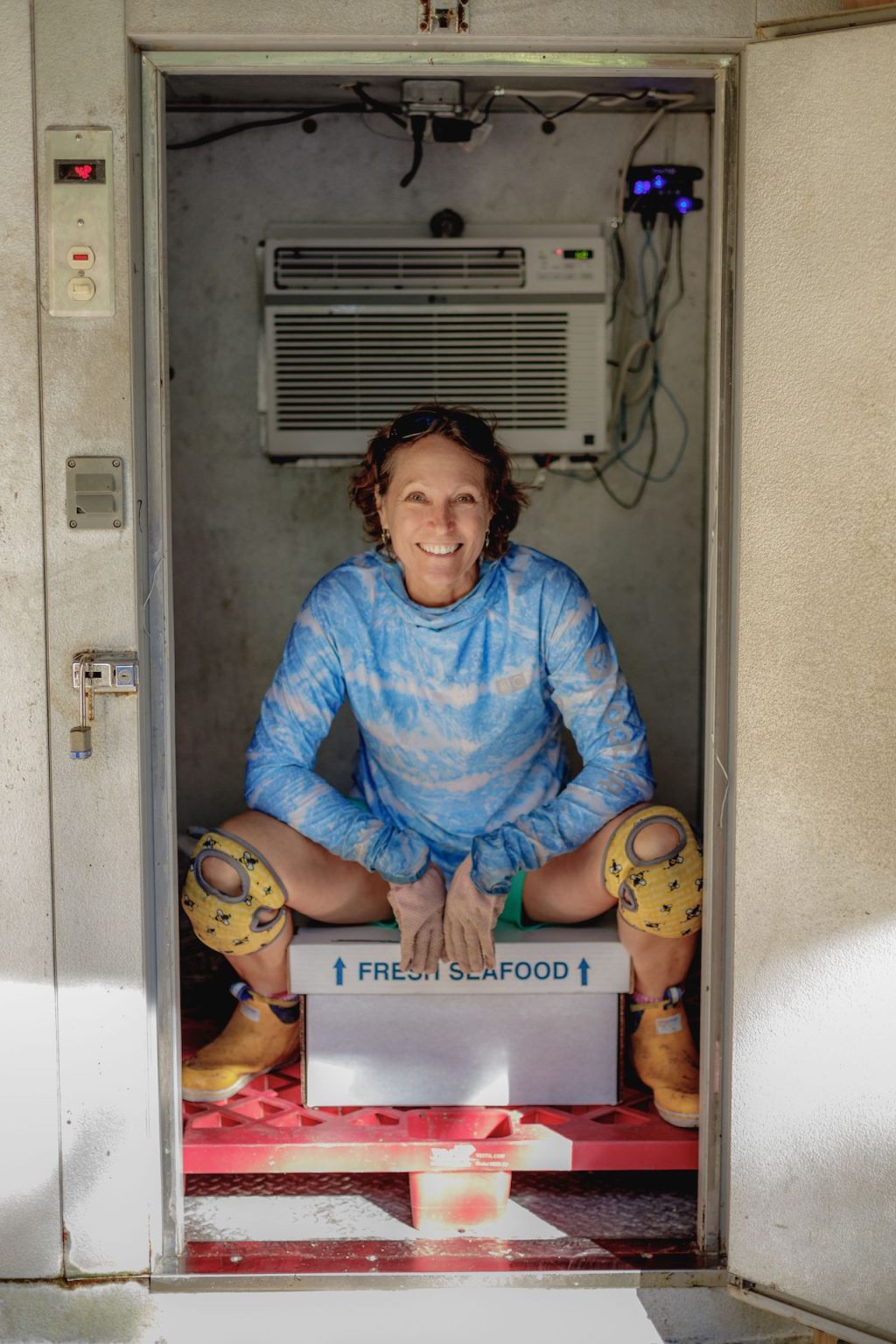
Part of her work is advocating for Florida oysters. Keller travels to schools, chambers of commerce, women’s groups, and restaurants to spread the gospel of aquaculture. Passionate about bringing more farmers to the water, she also raises others up to help them get started.
“People who can’t get a lease or don’t have the capacity to start on their own farm can work on my lease,” she says, adding that she’s helped six different business owners launch their own oyster farms. Two of her proteges, Jody and Dewey Houck, started pulling Cypress Point Oysters out of the water in July 2019. They now farm their Little Honeys, Otter’s Choice, and Summer Salts oysters in Apalachee Bay and process them inside a former restaurant. Their farm has grown quickly and in turn, they have tried to help lift others as Keller did for them: They’re able to reimburse employees for boat captain licenses and dive certifications. And, like Keller, they’re looking to expand an awareness and an interest in farm-raised oysters.
“We’re trying to make Spring Creek, Florida, an oyster destination,” says Jody. “Fifteen farmers work out of this area. We bought a 1950s-era, twelve-room motel with a restaurant attached, and a marina. We’re putting in a raw bar, a campground, and an event space to entice people to come to Spring Creek and eat oysters.”
It helps, too, that their oysters are irresistible—deep cups of plump meat, varying levels of brine-to-sweet, and a bright, clean finish. “We have a tremendous advantage in Florida; we can grow a quality oyster in as little as six months. It takes two years in the Chesapeake and three years in Maine,” Jody says, adding, “we think of ourselves as craft growers.”
So, too, does Cainnon Gregg, farmer and owner of Pelican Oyster Company, who has a lease adjacent to Jody and Dewey Houck. Oysters grown on farm leases that are set even just a mile apart can taste different based on what gear is used and the husbandry practices each farmer chooses. While Gregg’s Salty Birds are, as he calls them, “a little wonky, a little different,” the Houck’s Little Honeys are more subtle with a honeydew finish. Same water, different flavor.
Those nuanced differences set each farm apart—but also shape a broader picture of what Florida oysters can deliver. “When people buy farmed oysters, they’re encouraging us, they’re supporting us. Oyster farming is good for the environment, it puts a paycheck in a local’s bank account, and hopefully that farmer hires another local,” Gregg says.
A New Breed of Florida Oysters
“People had no idea our region produced such amazing oysters,” says Bill Walton (aka Dr. Oyster), who championed aquaculture with his work at Auburn University through the Alabama Sea Grant program. (He’s recently taken over as the Acuff Professor of Marine Science and Shellfish Aquaculture Program Coordinator at the Virginia Institute of Marine Science, William & Mary.)
“Farming oysters isn’t meant to replace or compete with the wild harvest,” he adds. “It’s like a bunch of micro brews; I don’t think having variety stops anybody from drinking beer.”
And, he says, “It’s fantastic to see this love affair with the Southern oyster—here’s a traditional Southern food that’s important to our industry, our culture, and supports our environment. So, how do we get more in the water, both wild and farmed?”
Enter Josh Neese, who started the Florida Oyster Trading Company to do exactly that. Neese, a fisheries and aquaculture biologist, spawned the first oyster seed for his micro-hatchery in July 2021. Seed is another term for baby oysters—a hatchery is in the business of spawning oysters, collecting that “seed,” and holding it in tanks until it’s large enough in size to be transported to a farm where farmers then place the oysters in cages or bags to continue their growth cycle. His business model is unique in that it’s producing Florida oysters that will be naturally acclimated to the salinity and tidal patterns of Pensacola Bay. He then distributes that seed to a small number of partner farms. The resulting oysters are likely to fare better in the waters where they were spawned. So, what Neese has created is an option for Florida brood-stock to fill more of Florida’s oyster farms.
“We’re helping grow the ‘blue’ industry,” Neese says.
The Merrior of Florida Oysters
Along the Panhandle, and even much of the Gulf, there are lingering perceptions about Florida oysters—namely, that they should all be as large, mildly salty, and as inexpensive as the wild oysters Apalachicola was known for.
Farmed oysters are a different animal—they grow in a water column, not on the sandy bottom. They’re tumbled in cages and cultivated for six to twelve months, meaning they’re usually harvested at a smaller size. They are deeply cupped with dense meat and the flavor profiles can range from seriously salted to sweet and earthy.
For a long time, you couldn’t find farmed oysters at the restaurants that crowd scenic highway 30A. But when Drew Dzejak, executive chef at the Citizen in Alys Beach, traveled to a food festival in Panacea, Florida, and tasted Gregg’s Salty Birds, he realized what he’d been missing. Now, the Citizen raw bar serves only farmed oysters from either Florida or Alabama.
The only issue with the Florida oysters? Supply. It’s a refrain echoed from chefs to distributors to farmers across the Panhandle.
The oyster farms closest to the Citizen aren’t the consistent, high-volume producers that farms like Murder Point in Alabama can be. Instead, Dzejak orders from whichever local farm has product from week to week—and rather than change his menu regularly, he calls them all the same thing: Big Bend Oysters. “We’re able to float all those smaller farms,” he says. “And our customers love farmed oysters. They have better consistency, and a cleaner taste.”
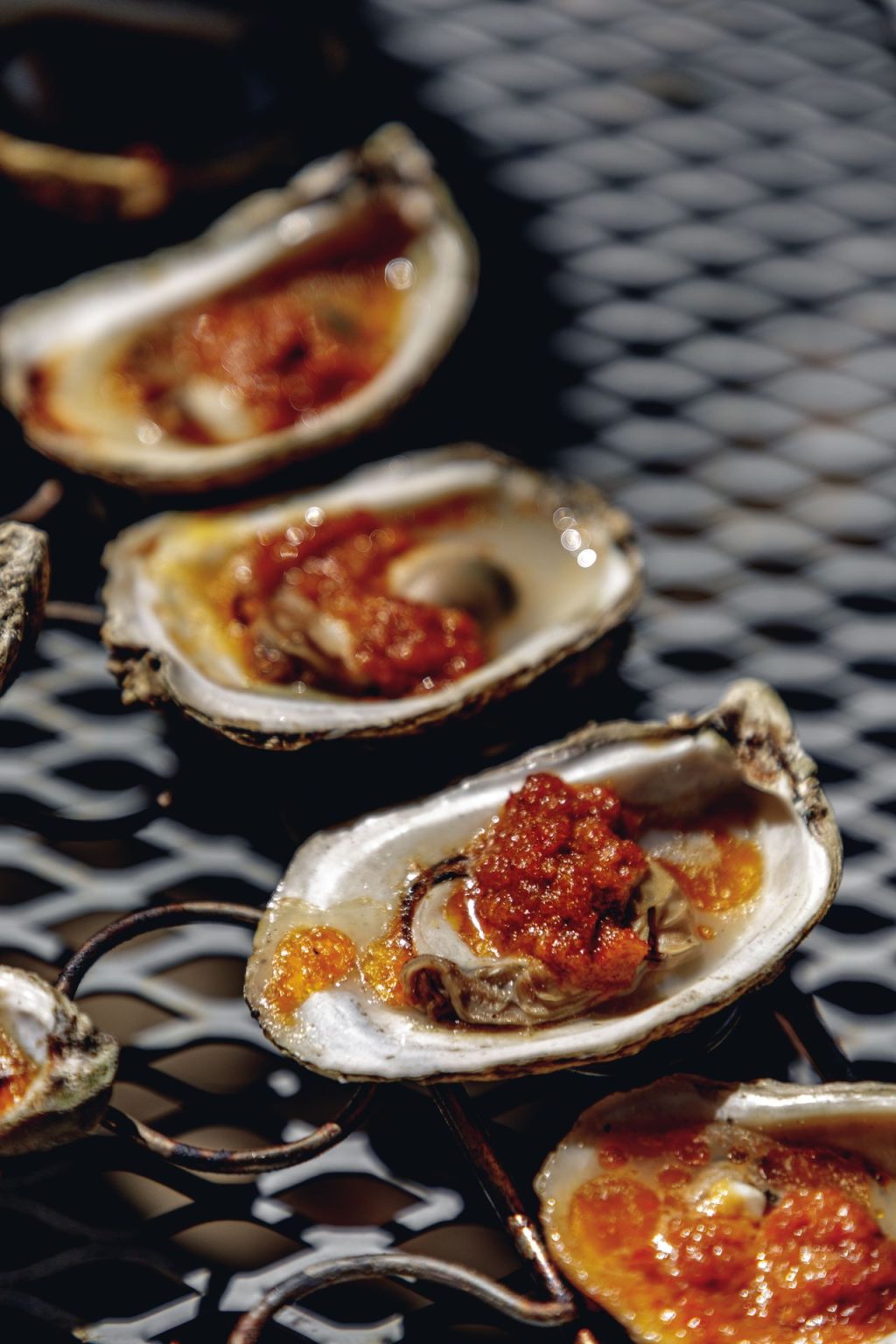
For Bryan Rackley, co-owner of Kimball House in Decatur, Georgia the oyster grower’s work is as important to share as the oyster itself. At his raw bars, “you can juxtapose size, texture, and flavor. Some of the differences are because of species, but a lot of it is water and vegetation,” he says. “We’re at a point where people understand Southern farmed oysters are good. They don’t have to share the stage anymore.”
Rackley was one of the founding board members of an organization dedicated exclusively to the cause. Oyster South is a nonprofit that connects the communities of, and provides resources for, oyster farming across the South. Their largest fundraiser, Landlocked, which Rackley and his team help produce, raises funds specifically for the industry—the 2021 event, which took place in October, sent proceeds to Minorities in Aquaculture, which is working to create a more diverse and inclusive industry.
Having shucked and served their fair share of Southern oysters, Rackley and his restaurant partners have even gotten into the game themselves—the team has launched its own oyster farm on three acres in Oyster Bay. Having met so many farmers and read and heard about the process, Rackley says he became enamored with not only the notion of farming, but with all of the ecological benefits that come with it.
“We have gotten a lot of credit over the years for the good work that was actually done by farmers, not [us],” he says, adding he wanted “to know what it feels like to see people happily enjoying food, but not be a stand-in for the person who actually busted their ass to make it possible.” It helps that they’ve had some good coaches in the form of Gregg and the Houcks, he adds. “We’re not trying to compete with the farmers; we really just want to be a part of what’s going on, and learn from them.” With the right tides and some good luck, they’ll begin harvesting Shiny Dimes oysters in spring 2022.
Colin Slemkewicz, owner of Sublime Oysters, is a processor and distributor, who recognized the need to get farmed oysters out into the marketplace faster while working on his family’s lease, Gulf Springs Sea Farm in Skipper Bay. He meets with chefs and restaurateurs to educate others on craft oysters. He brings a few oysters to sample, explains the environment they grow in, and tells the story of the months of care and attention the oysters receive before harvest. But, in the end, he says, “when customers see how clean they are when you crack one open, it speaks for itself.” Restaurants will order multiple varieties so that diners can pair them side-by-side—but that only works if there are enough oysters to go around.
Fighting the Farmers’ Fight

Hurricane Michael, followed a couple of years later by Hurricane Sally, exposed many of the industry’s struggles. Boats and gear were swept away, homes leveled—and for the destroyed oyster farms and farmers, there was no relief.
Gregg brought Michael’s impact into sharp focus by live-streaming the entire event. “It was everything. The aftermath, the devastation on the farms,” he says. Because he was so vocal, he was invited to explain the Florida oyster industry’s situation in front of the Florida State Senate.
“On the Senate floor, it was big sugar, lobbyists for timber, citrus industry lawyers, and me, an independent person with no money in their bank account,” Gregg says. “I went three times to get them to pass a bill that added aquaculture to the approved aid recipient list. You can pass a bill, but that doesn’t mean it’s funded. Ours wasn’t funded.”
Because the farming of Florida oysters is relatively new, it hasn’t gained the state’s attention as an industry needing protection. “We’ve slipped through the thought process of how storms impact our crops. I hope the state starts to see the benefits of aquaculture on the watershed, on the water bodies,” Gregg says.
“They’re pushing money into oyster reef restoration, but they need to give credit to the farmers whose oysters clean the waters and sequester carbon,” adds Brandon Smith, owner of Grayson Bay Oyster Company.
Set in Pensacola Bay, Smith’s leases were devastated a year ago by Hurricane Sally. As he’s worked to recover, he’s understood better than most what a little extra support from outside resources can provide. Through the Florida Sea Grant internship program, he’s been able to hire interns at his farm. “We need help to grow, but don’t have the revenue coming in to pay employees. We get an intern for twenty hours a week and Sea Grant pays their salary.”
Donnie McMahon, owner of Pensacola Bay Oysters, believes there can be a form of state support, too, and looks to other municipalities that have a longer history of aquaculture.
“Maryland pays nutrient credits based on the number of oysters in the water,” McMahon says. “It adds passive income to farmers, and it’s good for the environment. We could do that in Florida, and it would encourage more farming. Florida has 1,300 miles of coast perfect for shellfish aquaculture. We’re in a good position to grow this industry and become the ‘Napa Valley’ of oysters.”
The Future for Florida Oysters
One of the benefits of having interns, says Smith, is that he can work on his inventions. Most of the gear available to oyster farmers is produced elsewhere—China, Australia, Canada, the Northeast—and works similarly to lobster cages, with heavy-gauge wire and specialized locks. “I developed my own gear,” says Smith, who applied for a Nature Conservancy Grant to implement it. “It makes us more efficient, and resilient when storms hit. It allows us to sink the gear [during storms], but not be so heavy we can’t retrieve it [after].”
The Houcks of Cypress Point Oysters worked to develop software and a RFID tag system when they couldn’t find one on the market that met their needs. “We’re building a data model that shows where our husbandry techniques are working and where they might not be working so well,” Jody says.
Their invention alleviates taking gloves off when in the water to enter data and the RFID tag goes onto the ship tags. “When a box gets to Sea Bear restaurant in Athens, the chef scans the tags with their phone and sees a complete history, from the specific water it grew in, to salinity, to length of time in the water.”
Meanwhile, all Florida oyster farmers are contributing to the health of the state’s waterways. “As wild populations decline, something needs to pick up all the filtration. Increasing aquaculture farms helps the deficit,” says Josh Neese. Deborah Keller has seen it firsthand. After planting her seed and watching her oysters grow for the past several years, she says she now sees, “schools of fish and tons of crabs—it’s alive because of our oyster aquaculture industry.”
The environmental impact is as important as the impact of visibility and viability, says Bill Walton. “It excites me to think a seventeen-year-old kid coming out of high school sees this as an opportunity to make a living—that means it worked.”
“We’re always going to have to eat so we need to start figuring out how we work with nature and stop working against it,” Gregg adds. “Oyster farmers only take what we plant, and the entire time it’s growing, it benefits the environment.”
It helps, he adds, that he and most other oyster farmers love the job. “I’m just a guy that fell in love with the ocean and growing oysters.”
share
trending content
-
Celebrating Community at the Ruston Farmers Market
by TLP's Partners -
How to Make Dirty Grits with Chef Greg Collier | Video
by Maggie Ward -
The Ultimate Maryland Dining Guide | Listen
by TLP Editors -
The Gimlet: Mixing the Ideal Chill Out
by Emily Havener -
Exploring the Gullah Geechee Trail | Listen
More From In the Field
-
Kohlrabi: Pretty Ugly
-
Meet the Newest James Beard Award Winners from the South | Listen
-
OKO Brings Filipino Soul to East Austin | Listen
-
The Local Palate’s Guide to Chattanooga | Video
-
Find Your Top Dry Bar in the South | Listen

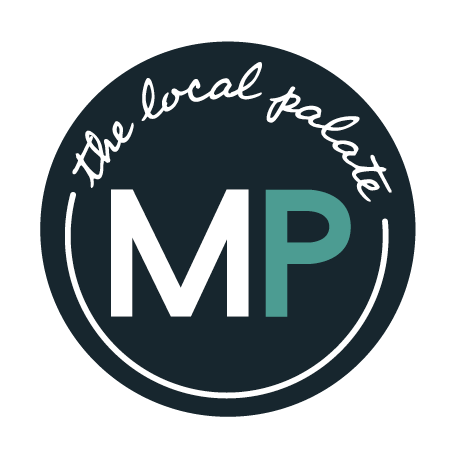
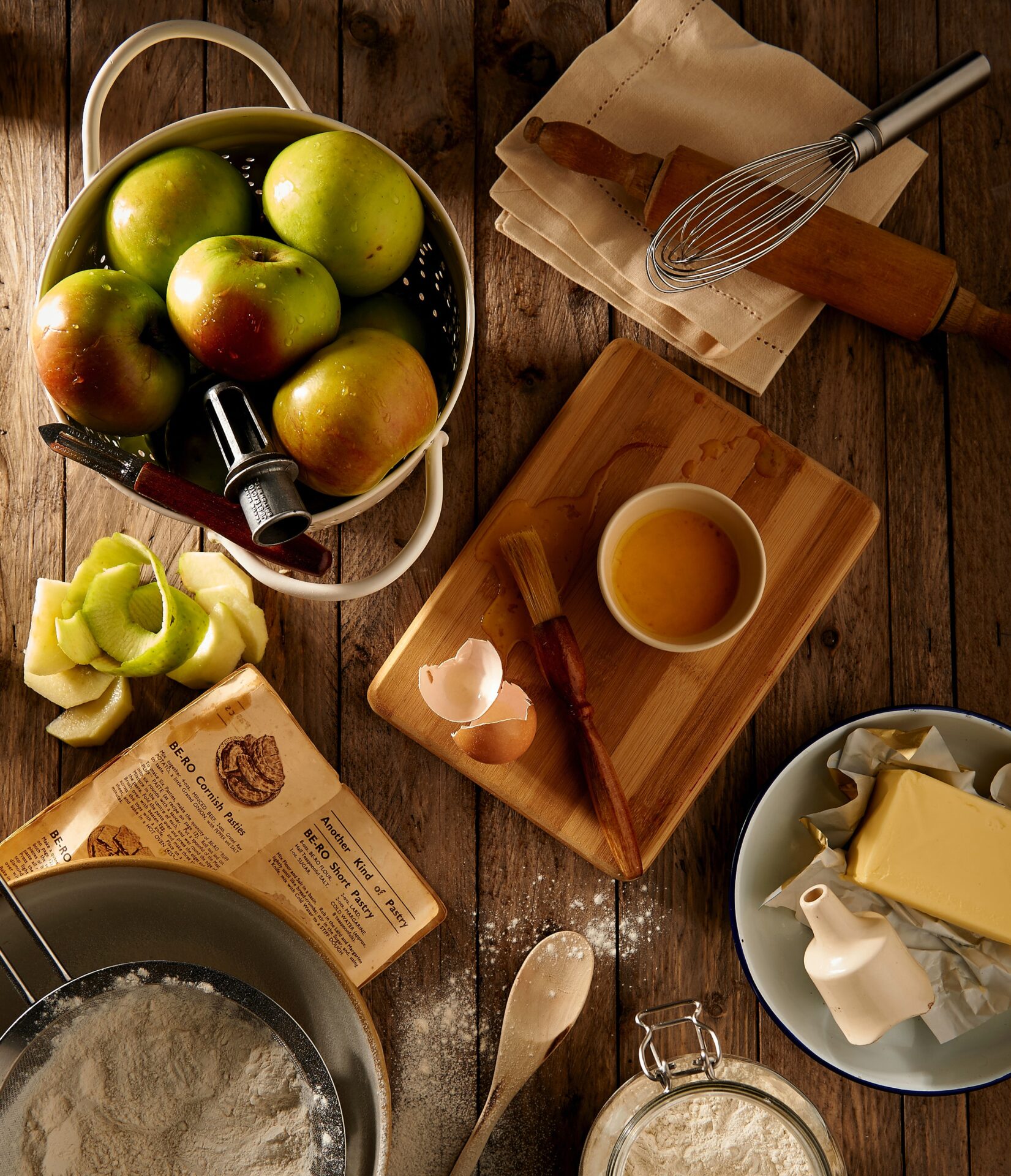

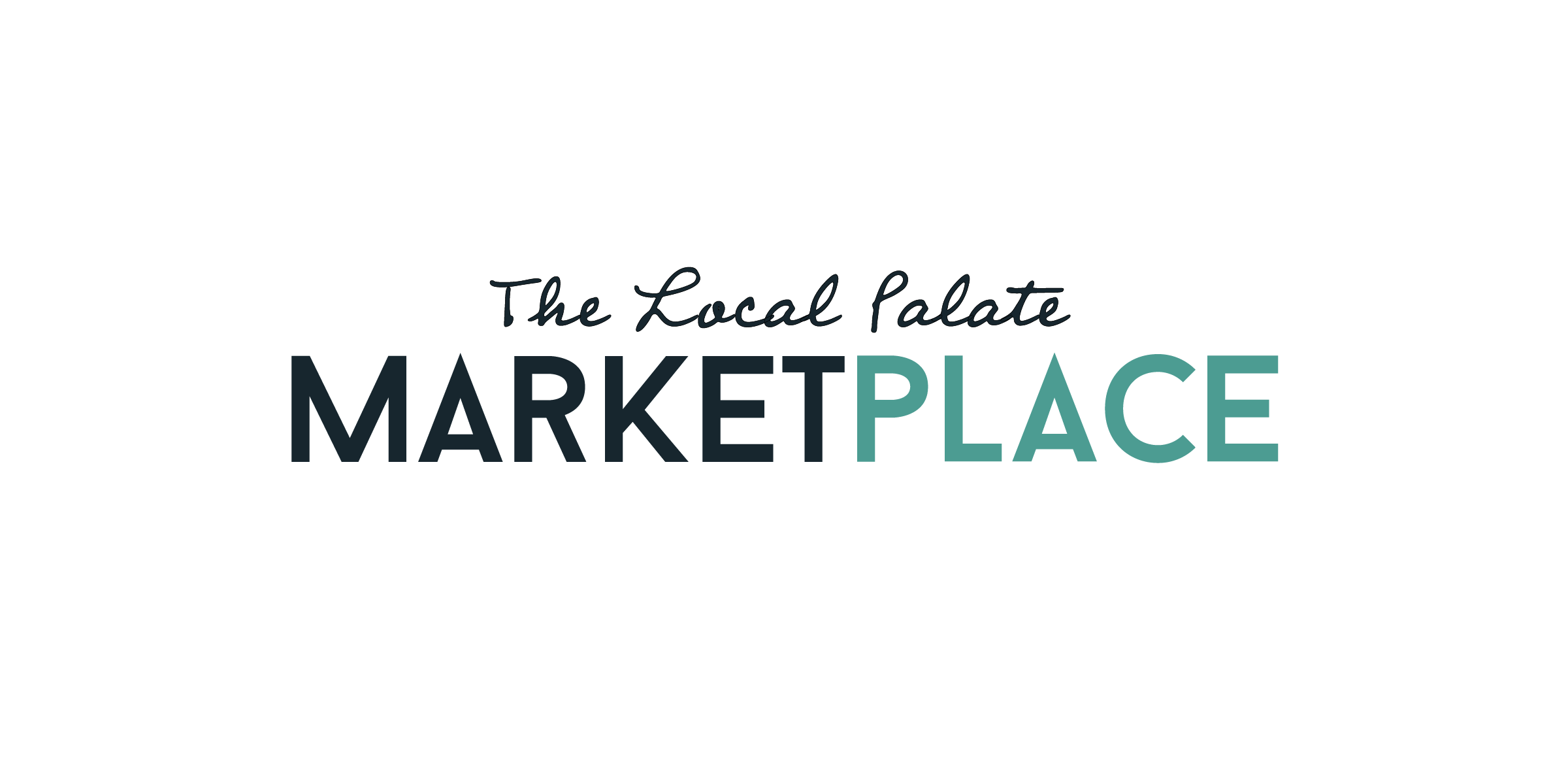





Comment 1
I personally think this is great. The coast has been hammered and I love oysters. This seems like a natural pairing. Bravo to the farmers of the shellfish
That is america.